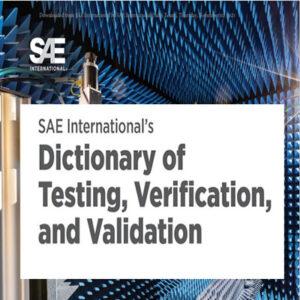Why Effective Product Testing Fails: Common Pitfalls
Effective Product Testing Execution and my thoughts on this. The outcome can be a disaster if we poorly execute an effective, well-defined process. Below are my thoughts on this link
- Unit tests pass.
- If unit testing does not represent the real world, then it means little.
- Unit testing should go beyond specification limits
- Highly Accelerated Life Testing
- Missing combinatorial testing
- Un-changing the sequence of testing conducted
- Subsystem testing
- Test combinations of stimuli
- Test beyond specification
- Stochastic (random) testing
- Variations in customer products and applications
- System tests.
- Systems testing via HIL
- Live testing on track
- Live testing in uncontrolled environments
- Contrived exercises of the systems test the boundaries of the application
- Stochastic testing
https://valuetransform.com/effective-product-testing-not-a-one-trick-pony/
These things fail because:
- Poor understanding of the need for testing throughout the development lifecycle
- Over reliance on simulation and models that are untested
- Testing to specification only (generally a singular approach to testing)
- Little exploratory testing of the boundaries
- Little testing of combinations of events, to which the product/systems can be subjected.
- Little time allocated for testing preparation
- Organization Priorities / Organization Politics
- Organization culture and testing (big bang system testing, testing seen as a burden, etc.)
- Competency and tools in support
- Lack of principles on when to employ regression testing – for example, never do regression testing.
- Lack of definition of component/subsystem/system increments (missing configuration management and release notes)
- A great process executed poorly
- A poor or no mental model for testing pre-requisites, inputs, associated processes, and process flow
- Level of independence between development, verification, and validation (biases)
For more information, contact us:
The Value Transformation LLC store.
Follow us on social media at:
Amazon Author Central https://www.amazon.com/-/e/B002A56N5E
Follow us on LinkedIn: https://www.linkedin.com/in/jonmquigley/
https://www.linkedin.com/company/value-transformation-llc
Follow us on Google Scholar: https://scholar.google.com/citations?user=dAApL1kAAAAJ



